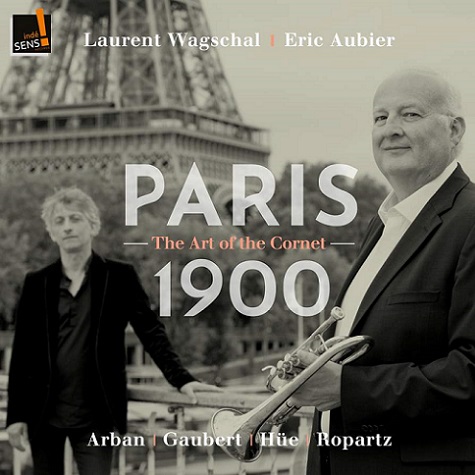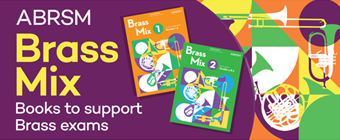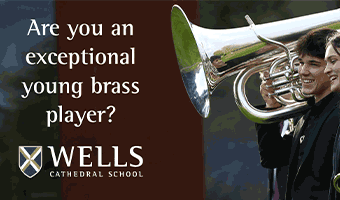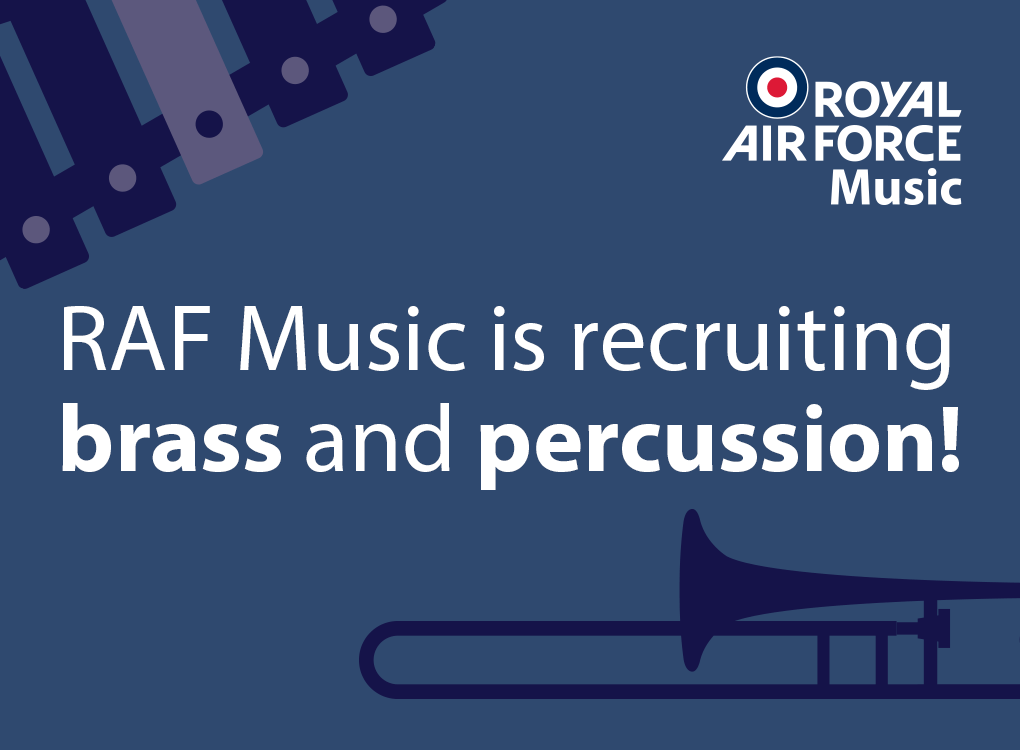

Paris 1900: The zenith of the Belle Époque. No other city in the world held such an intense focus on the exploration of art, commerce, technology and music making.
The mid-years of the French Third Republic brought wealth and optimism – the iconic totem of which came not with the completion of the Eiffel Tower in 1889, but through the creative forces of impressionism, literary expression, and the transition from romanticism to modernism in music.
In that arena Debussy was its star, but others, from Saint-Saens to Massenet, Satie and Ravel found receptive audiences and critical acclaim.
Before the crushing horrors of the advent of the First World War brought it all to an end, Paris was a city illuminated as much by the introduction of electric street lighting as it was by pure imagination.
Celebratory understanding
This outstanding recital recording celebrates some of the lesser lights of the compositional school that flourished from 1871 to 1914 (there are also recordings in the series for flute and oboe), and who approached writing for the cornet in a manner of celebratory understanding (as had Bizet, Gounod and Stravinsky – who wrote ‘Petrushka’ for the Ballet Russe in 1910).
Before the crushing horrors of the advent of the First World War brought it all to an end, Paris was a city illuminated as much by the introduction of electric street lighting as it was by pure imagination.
All but Jean Baptiste Arban (who died in 1889) outlived it, all but Joseph Columbo were born and worked during its peak.
Gabriel Parés was the Director of the Garde Republicaine, succeeded by Guillaume Balay (the composer of ‘Diadem of Gold’), whilst the Belgian duo of trumpeter Theo Charlier and violinist Jules Charles Pennequin were hugely influenced by the ‘French school’ of writing.
Georges Hue, Guy Ropartz (both admired and influenced by Debussy), Philippe Gaubert (principal conductor at the Paris Opera and teacher at the Conservatoire), and Fernand Andrieu (himself a cornet player) wrote ‘piece de concours’ competition works for the instrument.
Sophisticated
All are idiomatic of Parisian character; sophisticated and stylishly elegant, with just a pinch of aloof haughtiness.
Even Arban’s ‘Fantasie brillante’ is a piece of cultured academic virtuosity, although Joseph Colombo’s ‘Coer Vagabond’ waltz minaiture is like popping a calissons d’Aix sweet into your mouth for three delightful minutes of sugar heaven.
All are idiomatic of Parisian character; sophisticated and stylishly elegant, with just a pinch of aloof haughtiness.
Aubier (a pupil of the legendary of Maurice Andre) is a delightful interpreter; playing with a tasteful appreciation of time and space, a plum rich tone and a sense of tempered joie de vivre. His accompanist Laurent Wagschal is equally accomplished.
He is never rushed, a deceptive gift given the demands of the works – although an opportunity has perhaps been missed in the musical evocation by performing on a modern Yamaha cornet with deep Denis Wick mouthpieces.
The lyrical nostalgia would surely have been enhanced even more with the lean marble sheen of a period instrument.
Iwan Fox
To purchase:
https://www.prestomusic.com/classical/products/9268515--paris-1900-the-art-of-the-cornet
Play list:
1. Pièce de Concours (Guillaume Balay)
2. Premier Solo (Gabriek Pares)
3. Pièce de Concours (Georges Hue)
4. Morceau de concours (Jules Charles Pennequin)
5. Cantabile et Scherzetto (Philippe Gaubert)
6. Solo de Concours (Theo Charlier)
7. Andante et Allegro (Guy Ropartz)
8. Andante et Allegro (Guillaume Balay)
9. Troisième solo de concours (Fernand Andrieu)
10. Coeur vagabond (Joseph Colombo)
11. Fantaisie brillante (Jean-Baptiste Arban, arr. Donald Hunsberger)









